Reps from ESPN, AT&T Present to Students
September 13, 2016
In celebration of the opening of the Center for Media Innovation, the Pittsburgh Center for Sports and Media Marketing hosted speakers from ESPN and AT&T in front of a standing-room only crowd in the Lawrence Hall Ballroom.
Chris Eames and Jamie Kerr’s presentation, “The Speed of Live: Why Sports Matter Most to Fans & Brands” was also streamed online for those who couldn’t attend the event.
Eames, the vice president of multimedia sales at ESPN, started the presentation by explaining that ESPN and sports exist at the speed of live. No matter how you watch sporting events, whether it is on your smartphone, on your tablet or on your television, you almost always watch it live, which is what makes ESPN unique.
“There’s just something very special about live,” Eames said to the crowd. “ESPN is in the business of live. Everything we do is live.”
Kerr, the director of corporate sponsorship at AT&T, explained to students about sponsorships at the collegiate level and also explained how those sponsorships are different from those at professional levels.
Sponsorship, he explained, is simply when a company pays money to associate with property that people show passion towards. Businesses try to capitalize on this passion. By association, people will start to recognize your brand with what they are passionate about.
The two said sponsorships for sports are important because of the large audience size, the passion people feel towards their favorite sports teams and the need for it to be utilized when it’s happening because it’s live. Live sponsorships are also important because viewers can’t just fast-forward through them, they’re going to see the advertisement.
AT&T and ESPN have made it possible for the games we watch to become more interactive.
“We have technology that can improve your experience,” Kerr said. “You could be at a game, you could be watching a game, and you could be looking up stats. You can be following on Twitter. Viewers can get a lot of information now from their secondary screen. Many people are becoming more active viewers on mobile devices.”
Collegiate sports are a major focus of advertising right now.
“There is a cradle to the grave passion for your school,” Kerr said. “Regardless of where you live, you’re always going to have that passion for your team. Collegiate sports attract a wider demographic across ethnicities, ages and genders, as well as give year-round opportunities where you can sponsor different types of teams for a university, not just seasonal. When you sponsor collegiate sports, you are not tied down by designated marketing area, how far you can advertise, like you are when you sponsor at the professional level. “
Sports at the collegiate level began to grab the attention of the audiences. Just two years ago, college football playoffs started after people couldn’t agree on which teams were the best. The National Championship Game became the second biggest sporting event in the country, reaching 82.5 million fans last year for the series. Many of these viewers come from live streaming on mobile devices.
For these big events, a whole weekend is planned out for fans. They want the excitement to last through the entire weekend. AT&T created Playoff Playlist Live to sponsor even over the weekend on top of everything they do when they live stream the event.
Eames and Kerr emphasized that people can remember these sponsorships. After all of their hard work, AT&T was given the third best score of Sponsorship Awareness. When brands like these put in effort, they are given more consideration by viewers. 85 minutes of on screen exposure on the National Championship Game translated to about $41 million for AT&T.
“You have to figure out how to make your brand relevant,” Eames said.
The presentation was followed by a question and answer where any other questions students had could be answered.
Eames offered advice to students, stressing the importance of patience in the industry.
“There’s a great deal of impatience,” Eames said. “ You have to slow down a little bit and it takes a little time. Expectation is that in 6 months, I’ll be running the place. You have to take your time and do your work. It’s very competitive. “
Kerr echoed Eames’ advice and told students to chase their dreams and to network in the process.
“Find something you’re passionate about and pursue it,” Kerr said. “Network, network, network. Every other job I’ve gotten, I’ve gotten through networking.”
Ian Brady, freshman mass communication major, explained that although he wasn’t interested in sports, it was still an interesting event to attend.
“It’s always important to get a well rounded education,” Brady said. “I think that’s a good way to do it.”





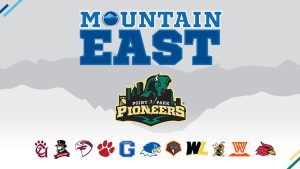
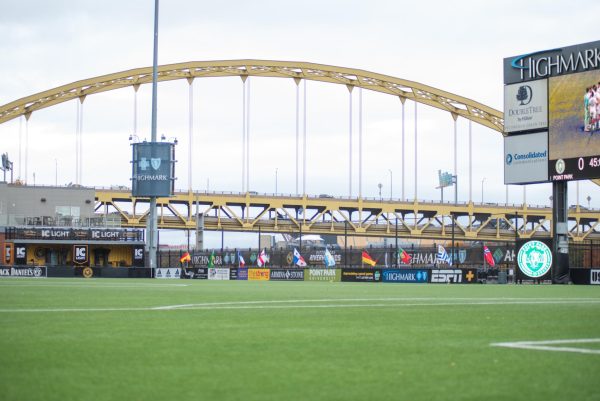
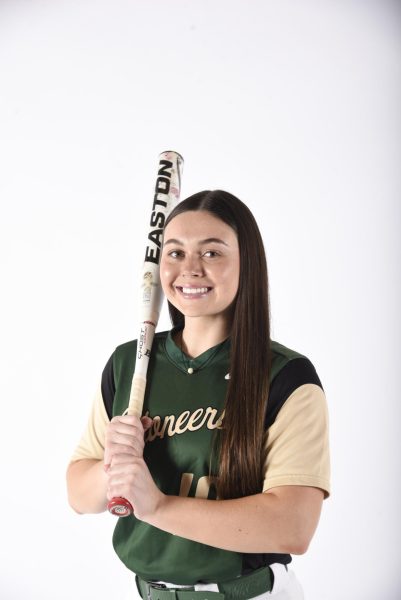
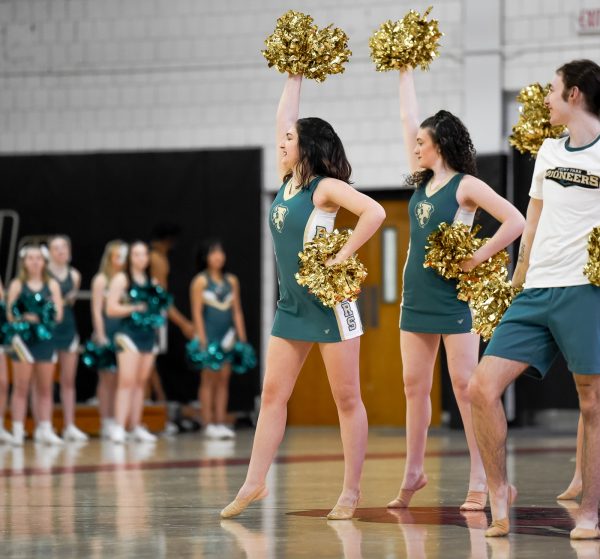
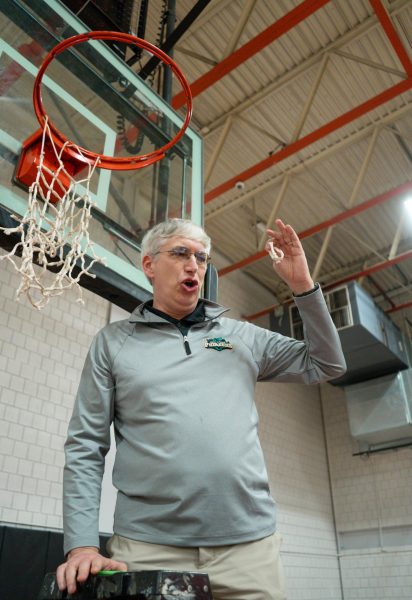
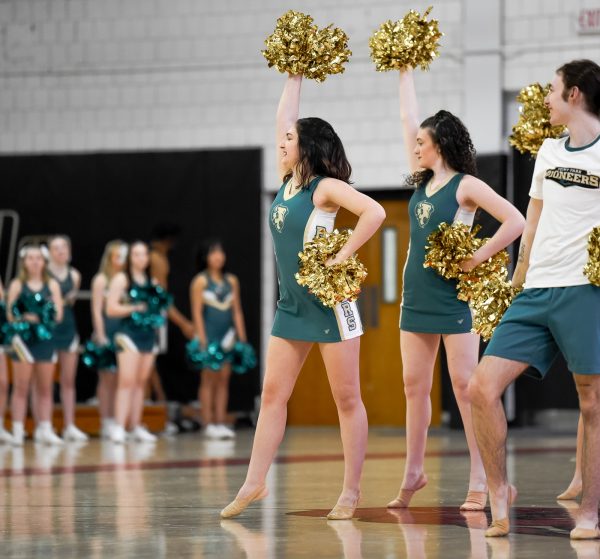
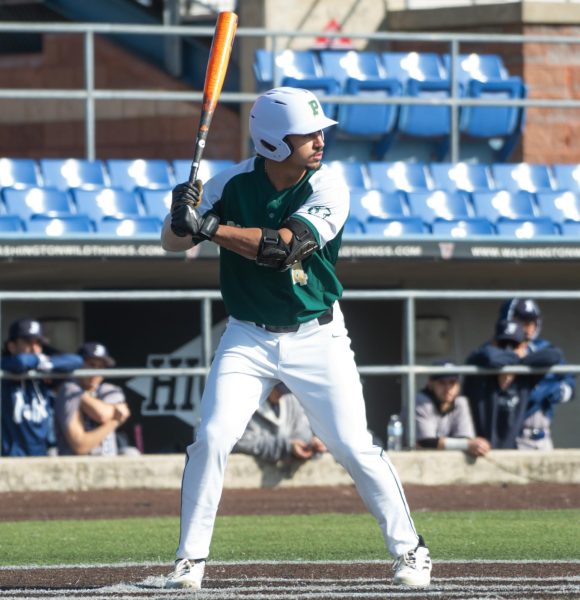
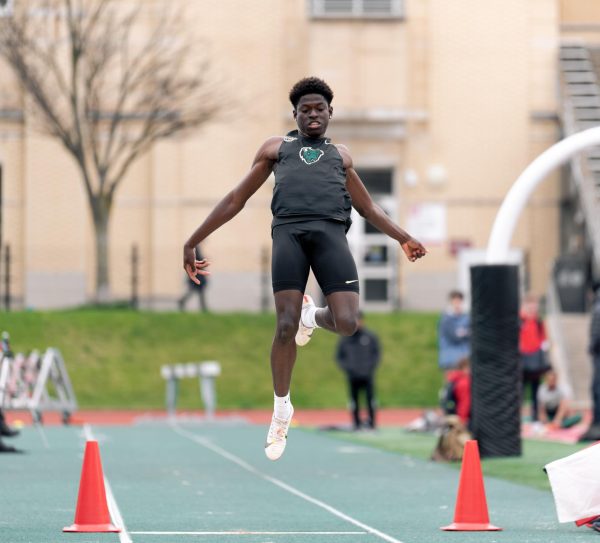
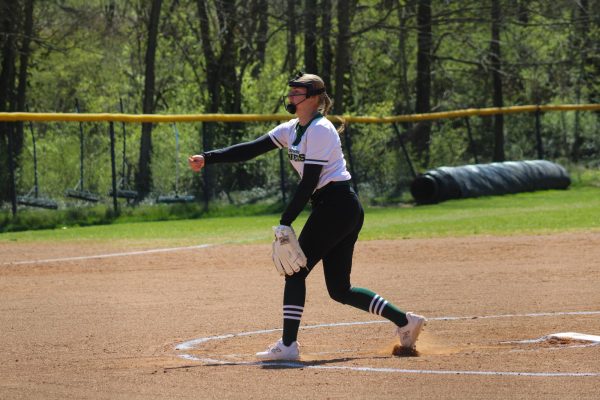
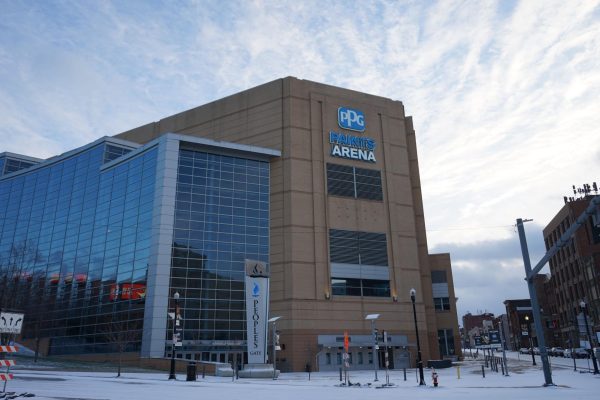
Smitty Werbenjagermanjensen • Sep 14, 2016 at 2:02 am
Very insightful article!